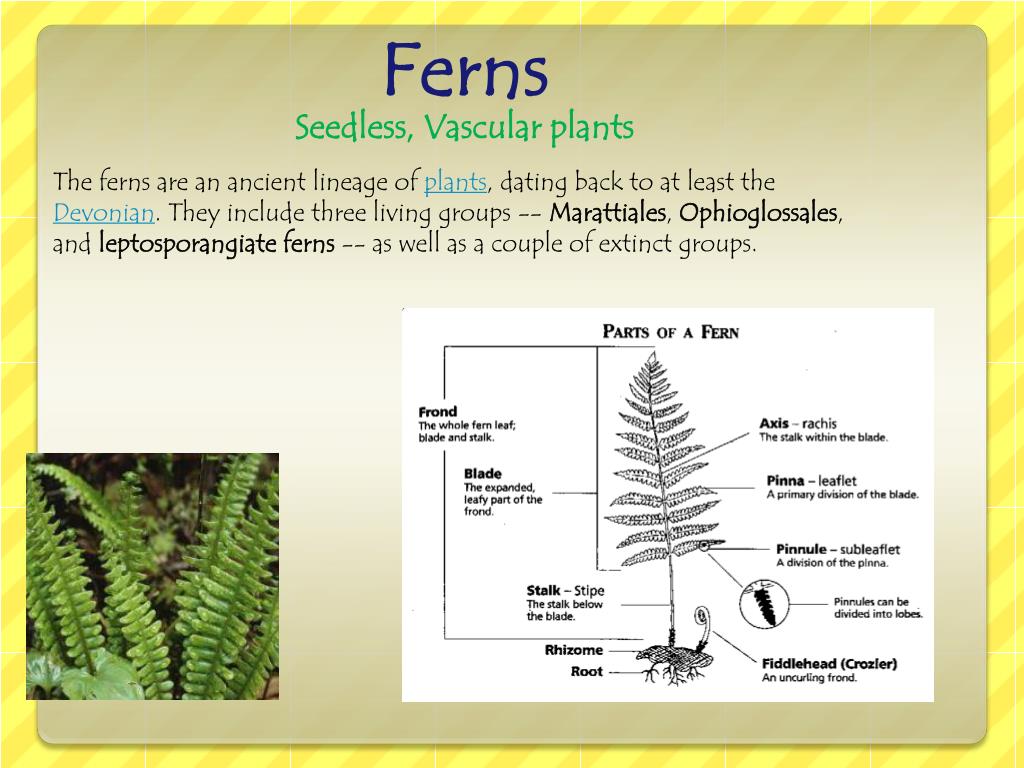Ferns - The Ancient and Enduring Plants of the Plant Kingdom

Ferns are a group of non-flowering vascular plants that have been around for over 400 million years. They are one of the oldest and most diverse groups of plants on Earth, with over 10,000 known species. Ferns can be found in a wide variety of habitats, from rainforests to deserts. They are an important part of the global ecosystem, providing food and shelter for animals and helping to regulate the climate.
Biology and Reproduction
Ferns have a unique life cycle that involves two distinct phases: the sporophyte phase and the gametophyte phase. The sporophyte phase is the dominant phase, and it is during this phase that the fern produces spores. Spores are tiny, asexual reproductive cells that are dispersed by the wind. When a spore lands in a suitable location, it germinates and grows into a gametophyte.
The gametophyte phase is a temporary phase, and it is during this phase that the fern produces gametes. Gametes are sexual reproductive cells, and they are produced in male and female gametangia. When a male gamete fertilizes a female gamete, a zygote is formed. The zygote then develops into a new sporophyte.
Uses of Ferns
Ferns have a variety of uses. They are often used as ornamental plants in gardens and homes. They are also used in traditional medicine and in the production of food and beverages. Some ferns are even used in the construction of houses and other structures.
Ferns are fascinating and ancient plants that have a long and storied history. They are an important part of the global ecosystem, and they are used by humans for a variety of purposes. As we continue to learn more about ferns, we will gain a greater appreciation for these unique and beautiful plants.












Comments ()